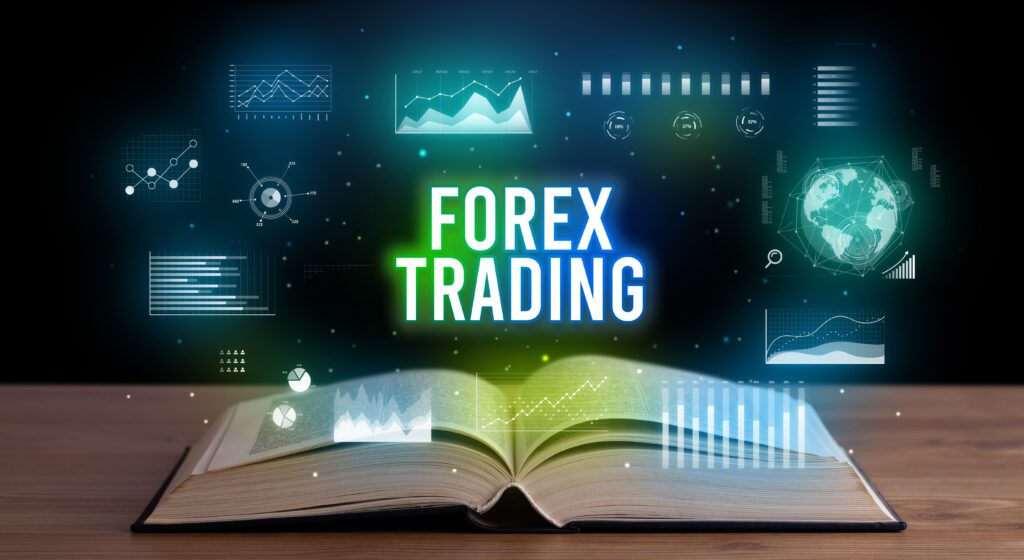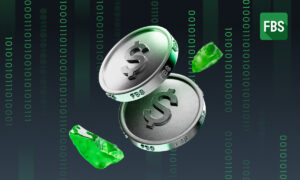The foreign exchange market, also known as forex, is the largest financial market in the world. It runs around the clock on weekdays and sees trillions of dollars traded every day. For beginners, the idea of buying and selling currencies can seem complex. A clear roadmap makes the process easier. This guide explains how to start forex trading step by step, from learning the basics to practicing with a demo account and then trading live with real money.
The Forex Market Basics
Before you open your first trade, it helps to know how the foreign exchange market works and who takes part in it.
What’s Forex Trading?
Currency trading or forex trading means exchange of currencies. The currencies always get traded in pairs, such as GBP/USD or EUR/JPY. What’s the goal? It’s to profit from changes in their exchange rates. Unlike the stock market, forex is open 24 hours a day during the week. This constant flow gives traders more flexibility in choosing when to trade.
Market Participants
Several groups take part in the foreign exchange market. Central banks, commercial banks, hedge funds, businesses, and individual traders all play a role. Each group affects price changes in different ways. For example, central banks may intervene to support their currency, while businesses trade to cover international transactions. Trading volumes often rise when major financial centers, such as London and New York, are open at the same time.
Major Currencies and Pairs
The most common currencies traded are called the majors. These include the U.S. dollar, euro, British pound, Japanese yen, Swiss franc, Canadian dollar, and Australian dollar. New traders usually start with these pairs because they’re highly liquid and have lower costs. There are also minor and exotic pairs, but they often involve wider spreads and higher risk.
Getting Ready to Trade

Once you know the basics, the next step is to prepare the tools you need to start trading.
Choosing a Forex Broker
Your broker acts as your link to the market. A good broker should be regulated, provide a reliable trading platform, and offer responsive customer service. Many beginners struggle with where to start, especially when faced with so many choices. Exploring reliable online trading options can help you compare features more clearly and understand what suits your needs best. It also helps to compare spreads, fees, and order execution speed. Taking the time to research your broker reduces the chance of problems later on.
Opening a Trading Account
Brokers usually offer different account types, such as standard, mini, or micro accounts. For beginners, a demo account is the best place to start. It lets you practice trades with virtual money, test strategies, and learn how the platform works without risking real funds.
Trading Platforms
A trading platform is the software you use to place trades, review charts, and watch prices move in real time. Good platforms include tools for technical analysis, economic news, and trade management. Choosing a platform that’s both easy to use and rich in features can help you trade with more confidence.
Building a Strong Foundation
To trade effectively, beginners need to learn analysis, choose strategies, and manage risk.
Technical Analysis Basics
Technical analysis involves studying price charts to spot patterns and signals. Common tools include moving averages, candlestick formations, and support and resistance levels. While no method guarantees results, these tools help traders make informed decisions instead of guessing.
Trading Strategies
Different trading styles fit different goals.
- Day trading is about short trades that are opened and closed on the same day.
- Swing trading involves several days or weeks of holding positions.
- Position trading takes a longer-term approach, often based on major economic trends.
The style you choose depends on how much time you have, your risk comfort, and your trading goals. What matters is sticking to one approach and applying it consistently.
Risk Management and Trading Plan
Risk management separates successful traders from those who quit early. Using stop-loss orders, limiting leverage, and keeping position sizes under control help protect your account. A written trading plan also makes a difference. It sets rules for when to enter a trade, how much to risk, and when to close it. This reduces the chances of making emotional decisions.
Practicing Before Going Live
Even with study and planning, practice is the best way to build skill and confidence.
Why Use a Demo Account
A demo account allows you to test your broker’s platform and apply strategies without losing money. It helps you get comfortable with order placement, chart reading, and trade management. Mistakes made here are valuable lessons that cost nothing.
Moving to a Live Account
When you feel ready, open a live account with a small deposit. Trading real money feels different because emotions come into play. Starting with small amounts keeps the pressure low while you adjust to live conditions such as spreads and slippage. Over time, you can increase your trade size as your skills improve.
Growing as a Forex Trader
The process doesn’t stop once you place your first live trade. Growth comes from learning, adapting, and improving with each step.
Tracking Market Movements
Currency values change for many reasons. Economic reports, interest rate decisions, and political events can all move the market. Traders who follow news and understand how it impacts currency pairs often spot opportunities earlier. Building the habit of staying informed helps you react wisely instead of guessing.
Continuous Learning
Forex trading is a skill that develops with practice. Keeping a trading journal, reviewing past trades, and adjusting strategies over time are helpful ways to improve. Both profitable and losing trades provide lessons that strengthen your approach for the future.
Final Thoughts
Starting forex trading is a journey that works best when taken step by step. Learn how the market functions, choose a trustworthy broker, and practice with a demo account before going live. Build a solid trading plan, protect your funds with risk management, and continue learning as you gain experience. With patience and discipline, beginners can grow their skills and take part in the world’s largest financial market.
This industry announcement article is for informational and educational purposes only and does not constitute financial or investment advice.











